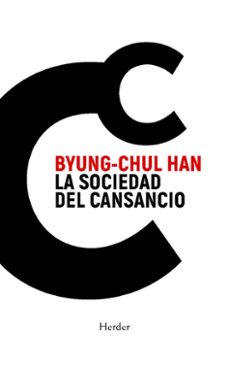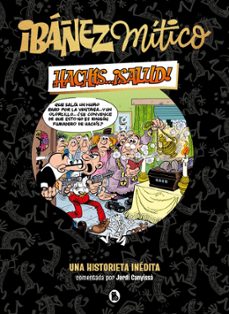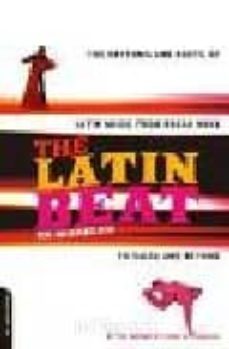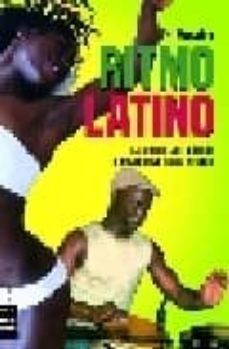Imprescindibles
Ficción
No Ficción
Ciencias y tecnología Biología Ciencias Ciencias naturales Divulgación científica Informática Ingeniería Matemáticas Medicina Salud y dietas Filología Biblioteconomía Estudios filológicos Estudios lingüísticos Estudios literarios Historia y crítica de la Literatura
Humanidades Autoayuda y espiritualidad Ciencias humanas Derecho Economía y Empresa Psicología y Pedagogía Filosofía Sociología Historia Arqueología Biografías Historia de España Historia Universal Historia por países
Infantil
Juvenil
Cómic y manga
Novela gráfica Novela gráfica americana Novela gráfica europea Novela gráfica de otros países Personajes, series y sagas Series y sagas Star Wars Superhéroes Cómics DC Cómics Marvel Cómics otros superhéroes Cómics Valiant
eBooks
Literatura Contemporánea Narrativa fantástica Novela de ciencia ficción Novela de terror Novela histórica Novela negra Novela romántica y erótica Juvenil Más de 13 años Más de 15 años Infantil eBooks infantiles
Humanidades Autoayuda y espiritualidad Ciencias humanas Economía y Empresa Psicología y Pedagogía Filosofía Historia Historia de España Historia Universal Arte Cine Música Historia del arte
Ciencia y tecnología Ciencias naturales Divulgación científica Medicina Salud y dietas Filología Estudios lingüísticos Estudios literarios Historia y crítica de la Literatura Estilo de vida Cocina Guías de viaje Ocio y deportes
Ed Morales
Recibe novedades de ED MORALES directamente en tu email
Filtros
Del 1 al 3 de 3
DA CAPO PRESS (PLENUM) 9780306810183
The Latin explosion of Marc Anthony, Ricky Martin, and the Buena Vista Social Club may look like it came out of nowhere, but the incredible variety of Latin music has been transforming the United States since the turn of the century, when Caribbean beats turned New Orleans music into jazz. In fact, we wouldn't have any of our popular music without it: Imagine pop sans the mambos of Perez Prado and Tito Puente, the garage rock of Richie Valens, or even the glitzy croon of Julio Iglesias, not to mention the psychedelia of Santana and Los Lobos and the underground cult grooves of newcomers like Bebel Gilberto. The Latin Beat outlines the musical styles of each country, then traces each form as it migrates north. Morales travels from the Latin ballad to bossa nova to Latin jazz, chronicles the development of the samba in Brazil and salsa in New York, explores the connection between the mambo craze of the 1950's with the Cuban craze of today, and uncovers the hidden history of Latinos in rock and hip hop. The Latin Beat is the only book that explores where the music has come from and celebrates all of the directions it is going.
Ver más
Tapa blanda
MA NON TROPPO 9788496222472
Ritmo latino explica cada uno de los muy variados géneros musicales latinos -la bossa nova, la cumbia, el merengue, el tango, la ranchera, la rumba, el son, el bolero, el mambo y la salsa- en el contexto de los paises en los que estos florecieron: Cuba, Brasil, Puerto Rico, Colombia, Republica Dominicana y Mexico. Ed Morales rastrea la emigracion de dichos generos hacia el norte y explica como se integraron en el crisol estadounidense. Nos habla de los ritmos y las raices de la musica latina, de la balada y de la bossa nova cocktail-lounge, pasando por el jazz latino, Carlos Gardel, Jorge Negrete y el reggaeton o el son cubano. Hace tambien una cronica del desarrollo de la samba en Brasil y de la salsa en Nueva York. Explora la conexion entre la locura del mambo de los años cuarenta y cincuenta, y la locura cubana de hoy, y desvela la historia oculta de los latinos en el rock y el hip hop de los ochenta y los noventa.
Ver más
Tapa blanda
MA NON TROPPO 9788496924888
Guía de la música latina explica cada uno de los muy variados géneros musicales latinos —la bossa nova, la cumbia, el merengue, el tango, la ranchera, la rumba, el son, el bolero, el mambo y la salsa— en el contexto de los países en los que éstos florecieron: Cuba, Brasil, Puerto Rico, Colombia, República Dominicana y México.
Ver más
Tapa blanda
Del 1 al 3 de 3




























